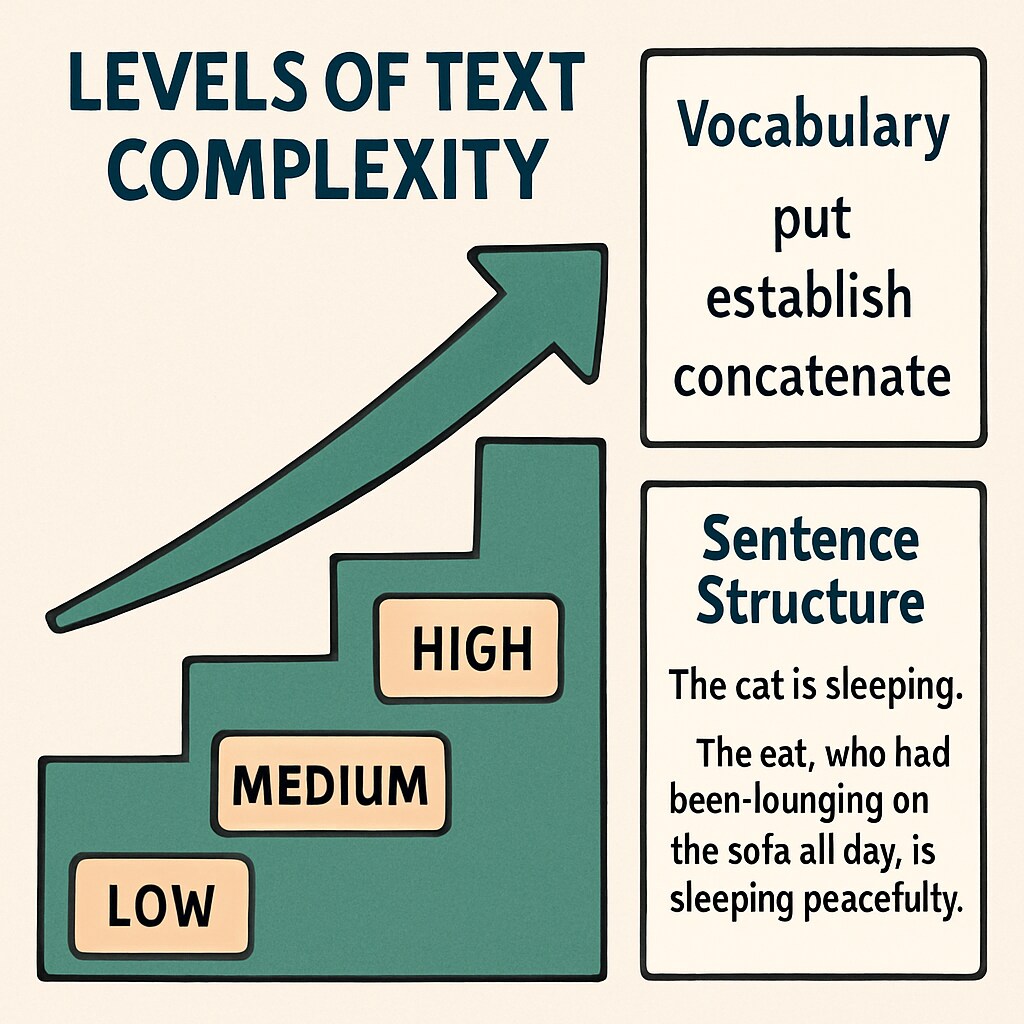In the realm of education, the role of reading comprehension, research, and text complexity evaluation has become increasingly vital. By understanding how different levels of text complexity impact student learning, educators can better tailor their teaching strategies to meet the diverse needs of K12 students. This article invites primary and middle school teachers to engage in a 30-minute research initiative, contributing their insights and expertise to shape the future of reading education.
The Role of Teachers in Evaluating Text Complexity
Teachers are uniquely positioned to provide invaluable input when it comes to assessing text complexity. Their day-to-day interactions with students give them practical insights into how learners engage with and interpret texts. By participating in reading comprehension research, educators can help bridge the gap between theoretical frameworks and classroom realities.
Understanding text complexity involves analyzing various factors, including vocabulary, sentence structure, and thematic depth. Teachers, with their direct experience in guiding students through reading tasks, are well-equipped to evaluate how these elements impact comprehension. Their participation in research not only enhances their professional development but also contributes to a broader understanding of effective literacy strategies.

Why Text Complexity Matters in K12 Education
Text complexity plays a pivotal role in shaping students’ reading proficiency. Research has shown that exposure to appropriately challenging texts can significantly enhance critical thinking and comprehension skills. However, texts that are too simple may fail to engage students, while overly complex materials can lead to frustration and disengagement.
For example, the concept of reading comprehension emphasizes the importance of aligning text difficulty with a learner’s current capabilities. This alignment ensures that students are progressively building their skills without feeling overwhelmed. Teachers’ contributions to evaluating text complexity can help refine this balance, ensuring that educational materials are both accessible and stimulating.

How to Participate in Reading Comprehension Research
Engaging in reading comprehension research is easier than many educators might think. This specific initiative requires only 30 minutes of your time and provides a platform for teachers to share their valuable perspectives on text complexity. Your input will directly impact the development of more effective reading materials and teaching methodologies.
Participation involves reviewing a set of texts, answering questions about their complexity, and reflecting on how these materials might resonate with students. This process not only contributes to advancing educational research but also offers an opportunity for self-reflection and professional growth.
Building the Future of Reading Education Together
By joining this research effort, teachers become part of a collaborative movement to enhance literacy education. The insights gathered will inform the design of curriculum resources that cater to diverse learning needs, ultimately empowering students to achieve greater success.
In addition, this initiative emphasizes the importance of teacher-led contributions to academic research. As primary stakeholders in education, teachers have the expertise and practical knowledge needed to shape the future of reading instruction effectively. To learn more about the significance of text complexity, you can explore an in-depth explanation from Britannica.
Let’s work together to create a brighter future for K12 education—one where every student has access to the right texts at the right time. Your voice matters, and with just 30 minutes, you can make a lasting impact.
Readability guidance: This article uses short sections, clear transitions, and accessible language to ensure ease of understanding. Teachers will find actionable steps and clear reasoning for their participation in research initiatives.


